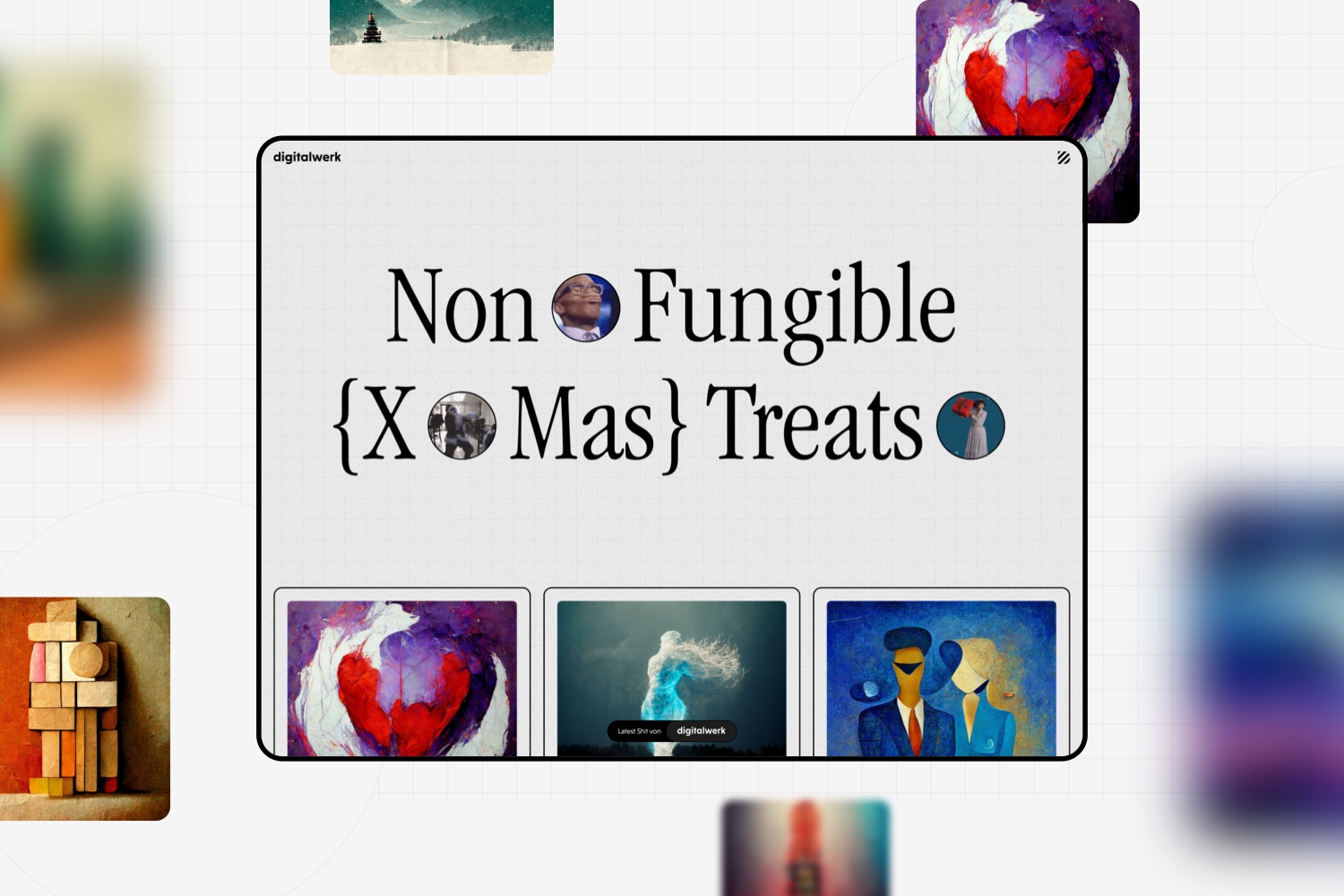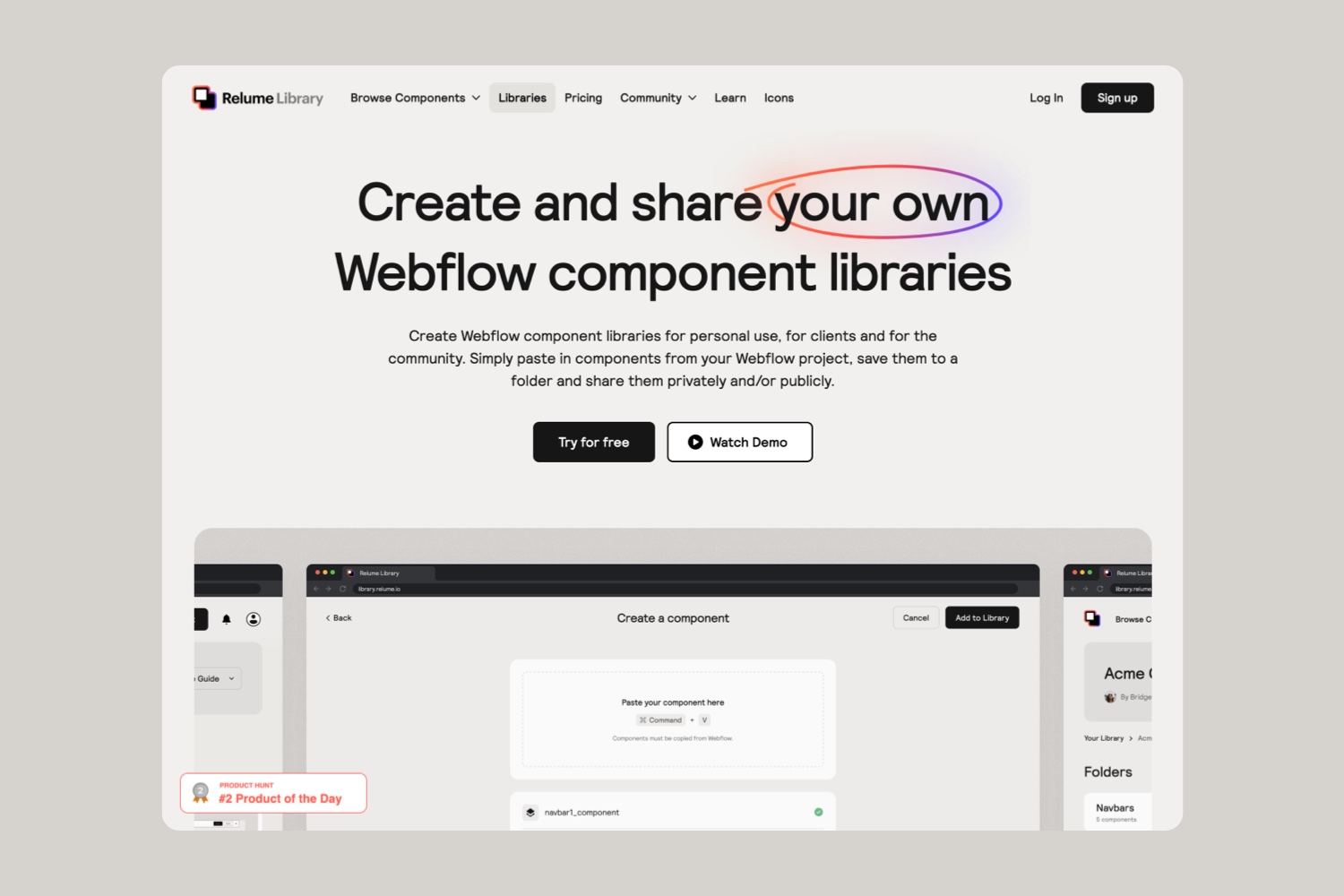In 2023, digital marketing will continue to be shaped by change, driven not least by innovations in the field of artificial intelligence. Our top 10 digital trends at a glance.
1. KPI: Keep People Interested – HR in agencies in 2023
In HR, agencies will be measured in the coming years primarily on the KPIs of trust, corporate values, and empathetic leadership. In order to increase interest and loyalty, two important measures are necessary in corporate management.Reduction of working hours
In an industry that is subject to constant change (keywords: artificial intelligence, tools, automation, workflow), change must not stop at working time models – and certainly not when it comes to attracting Generation Z talent: New Work becomes “Fair Work.” In view of the changing labor market, but also due to the changing needs of the coming generations, a detailed examination of the target group is advisable. It can be observed that fewer people are entering the labor market and that they are not willing to work full time.Economic thinking with full transparency in the company
The reduction of working hours requires economic transparency for all employees in order to be able to work together successfully on corporate goals. By no means do employees have to become controllers, but the barrier between management and employees can be broken down by providing clear insights into cost structures, ROIs, project controlling and economic success. New economic value dimensions and insights enter the corporate culture, away from the classic positioning modules – efficiency becomes the engine of working time reduction.2. The end of the rampant growth phases of the major technology and communications platforms.
The global economic downturn is freeing up thousands of workers in digital business – does that mean an automatic return to the employer market? From my point of view, this is at most a short-term dip that will have a temporary impact on salary expectations. However, this development also shows us the limitation: according to Branchen Insights, there were up to 30% fewer sales in Black Friday campaigns, which led to lower ad spending (11,000 layoffs at Meta). The peak here will not arrive until 2023 – the golden era in online marketing and e-commerce are over. The increasingly strict data protection regulations are not yet foreseeable, and retargeting will disappear as a campaign tool in the medium term. The credo must therefore be: First-party data or no data.3. Co-creation: Co-working, full thinking – a mindset for a new agency generation
Silos are finally breaking down in the area of agency working methods and corporate philosophies as well: Clients are becoming increasingly involved in the process of creating ideas through co-creation. In this regard, Oliver Klein, CEO of cherrypicker, shows how relevant this topic is. He stands for the fullthinking method – a lead agency does not need to have localized all disciplines in-house, but rather work out the strategic focus together with the client and subsequently take over the project management for the respective disciplines. Oliver Klein opines: “The key to success often lies in better cooperation between the company and all key external agency partners in terms of a unified mindset.”External creators are gaining in importance and are an important building block in future campaign planning – the prerequisite for this is a good setting with agency and client.
4. The arrival of Artificial Intelligence in text and image creation.
After a breakthrough in copywriting, image creation and content production in 2022, creative and content departments will be supported by new tools such as Neuroflash or Midjourney in 2023. In the past few years, Google has already shown us the automation potential in the execution of campaigns when it comes to the mutation of ads. Furthermore, stock photo portals for the search for image material will become almost obsolete through tools like DALL-E 2 or Midjourney.5. NFTs, AI and Blockchain in the Agency Market?
Big Top 500 Fortune companies are working on NFT/Metaverse projects – we are also one step ahead and show our first NFT/KI project on our landing page implemented with Webflow: Because we are always eager to explore untrodden paths, we have opened a very special door for our customers for Christmas: the gateway to Web3. 

6. No-code development in 2023. Or also: How WordPress gets powerful competition in 2023.
The visual no-code solution for programming websites is becoming more and more popular – it is also slowly gaining momentum in Europe. Even the GDPR will not be able to slow down Webflow anymore. While Webflow has not only been used for our website relaunch or our donated campaign, we are convinced that in the future more and more branding websites, landing pages and campaign pages will be designed and implemented in Webflow. The community is growing steadily, and the market share is already higher than with Typo3. We believe that WordPress should be warming up.7. Shopify vs WooCommerce – Shopify will win 2023
In the E-commerce sector, there will be a head-to-head duel between WooCommerce and Shopify at the end of 2022. Even if the duel will not be decided until next year, the victory stuff of the Canadian e-commerce software for SMEs is unstoppable. Therefore, also here our clear agency recommendation: Shopify for SMEs, Shopware for Enterprise. we have the right expertise to develop or optimize online stores. In addition, we carry out the right performance campaigns and are also happy to take care of the entire social media area or online marketing.8. What is Social (commerce) doing – Where is the journey heading?
E-commerce, performance marketing, and social media are merging more and more. Against the backdrop of declining targeting options, product feed management plays a major role, as it can be used to send complex signals. The example of Programmatic Advertising shows how sophisticated social commerce can be conducted: Based on user signals, the relevance of individual impressions can be determined prior to ad placement through the algorithmic evaluation of data points relating to the individual, such as demographic information, user behavior, or predicted conversion probability and associated sales. As a result, those individuals who are most relevant to advertisers at the time of an ad impression opportunity can be targeted with a suitable ad subject (keyword Dynamic Creative Optimization) – to the advantage of more cost-effective ad placement and minimization of wastage. The basis of any campaign should be a holistic strategy to provide customers with a consistent brand experience and meet their informational or transactional needs at any point in the customer journey.9. Flat Design
In recent years, we’ve seen a lot of trends come and go. One trend that has persisted: Flat Design. Flat design is not only a design style, but also a way of thinking. The term “flat” refers to the reduction of layers. Everything – except for a few important elements such as the navigation bar – is on one surface. Characteristically, the elements of the user interface consist of simple shapes and lines with few shadows or textures. It is understandable why this style has prevailed: It’s clean, minimalist, and simple, making it easier for users* to navigate complex content, and subtly indicating which elements they need to focus on. Also, implementing flat designs allows designers to get creative with their color palettes and find new ways to make content stand out on screen without relying on skeuomorphism – adding unnecessary layers like drop shadows or beveled edges to make an object look like it belongs in a different context (e.g., making a button look like a real button). Recent examples include the new awwwards.com website – which relies heavily on these principles: reduced contextual color palettes and clear hierarchies.



